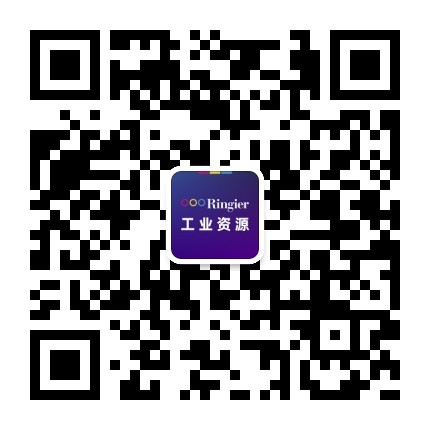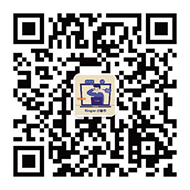By: Stefanie Senft, Corporate Communications, KUKA Roboter GmbH
Following the very low levels of investment during the global economic crisis, there is now great demand for robotics and automation. The upturn is also tangible in the laser industry - a sector that had to come to terms with a drop in sales of around 40% during the crisis. Flexible robotic applications equipped with laser technology are in great demand. There are a number of reasons for this positive development.

The growing acceptance of laser technology in sectors, such as automotive manufacturing, rail vehicle construction and general markets has induced manufacturers of plant construction to develop innovative and highly customeroriented cell solutions.
Technological progres s has resulted in both high-brightness lasers and direct diode lasers, which are establishing themselves in the welding/brazing sector, becoming significantly less expensive.
Furthermore, the increasing path accuracy of robots is paving the way for new fields of applications: tasks such as laser welding or remote welding that are of interest to various industries.
Back in 2002, path repeatability of one millimetre was planned in the robotics industry; current specifications are for 0.16mm. With this hugely improved path accuracy, robots are now able to meet the requirements of many customers and serve alongside existing CNC machines. For users who do not need the extremely high accuracy of a CNC machine for their laser cutting tasks, the robotic application is a fitting alternative.
Special high-accuracy robots
KUKA has developed a range of products for high-accuracy continuous-path processes that meet the requirements of the automotive sector, general industry and TIER 1 customers alike. "We have solutions for everyone," summarises Siegfried Heissler, laser expert at KUKA Systems. Designed for high-precision specifications, high-accuracy series robots from KUKA are suitable for laser applications. These robots feature particularly fast wrist axes. Special gear units with high correction velocities ensure optimal process results and pose repeatability of ㊣0.05mm. In order to carry out practice-oriented application trials, KUKA headquarters in Augsburg and the subsidiary KUKA Systems in Sterling Heights, Michigan, each set-up a laser laboratory. "Here, trials can be conducted on workpieces using the process parameters specified by the customer," explains Siegfried Heissler.
The automotive industry in the U.S. is increasingly investing in laser applications. "American automobile manufacturers have been cautiously observing market developments in Europe and are only now starting to adopt laser applications that are established in Europe," explains Peter Gmeiner, Key Technology Manager at KUKA Roboter. Laser applications that have meanwhile been adopted as standard in the European automotive industry are now increasingly being employed on the American continent. These primarily cover classic tasks, such as roof seam brazing, welding of vehicle bodies, seats and doors, and brazing of visible seams on the tailgate.
Modular standard cells
Robotic laser applications are also set to become more and more established among TIER 1 customers, as this sector is affected by particularly high pressure on prices. The reduction in costs referred to above means that investment in a robotic-/ laser application is also an interesting prospect for suppliers. For these customers, in particular, KUKA's "preengineered cell" represents a cost-effective system solution. This is a modular, readymade standard cell. Interested potential customers can make use of an interactive configurator at www.flexiblecubeAdidas Falcon

 iConnectHub
iConnectHub
 Login/Register
Login/Register Supplier Login
Supplier Login


























